Get a Little Closer Now: Nikon Z MC 105mm F2.8 VR S First Impressions
It’s a little bigger than its F mount equivalent but feels considerably lighter. It also improves on the optical performance a bit.
I have to admit, I like the performance of the new Nikon Z MC 105mm f2.8 VR S a little more than what the F-Mount VR Micro-Nikkor 105mm f2.8G IF-ED version offers. I immediately noticed the difference in weight when I first held the two lenses together (22.3 oz / 630 g vs 25.4 oz / 720 g). The other key factor is the absolute lack of chromatic aberration, especially purple fringing. This issue was prevalent in images taken on my 105 macro AF-S lens, and it was a constant headache for me to edit out. Unlike the improvements in the Z mount 50mm 1.8s over F mount equivalent, the differences aren’t night and day between the 105mm macros. But some improvements might make you pick this lens over using an F-mount version with an FTZ adapter.
My entry into macro photography was back in 2010 when I had a Nikon D300 and a Nikon AF 50 mm f1.4 D. It was just a couple of years after I got into digital photography, and I didn’t have any budget for a macro lens. That’s when I read that I could flip around my 50mm using a Nikon Br-2A 52Mm Reversing Adapter Ring and magically get closer than the lens’s minimum focus distance. This opened up a whole new genre of photography for me: something I couldn’t get enough of for a very long time. Years later, I dived in when I saw a fantastic deal on eBay for a 105mm macro F mount. It’s also served as a portrait lens for me, and I prefer it to the 85mm focal length.
The Z mount 105mm f2.8 macro is a member of the S series of Z lenses. While it doesn’t have any of the gold banding of the premium F mount lenses, it does get top-grade optics, newer coatings, and weather sealing.
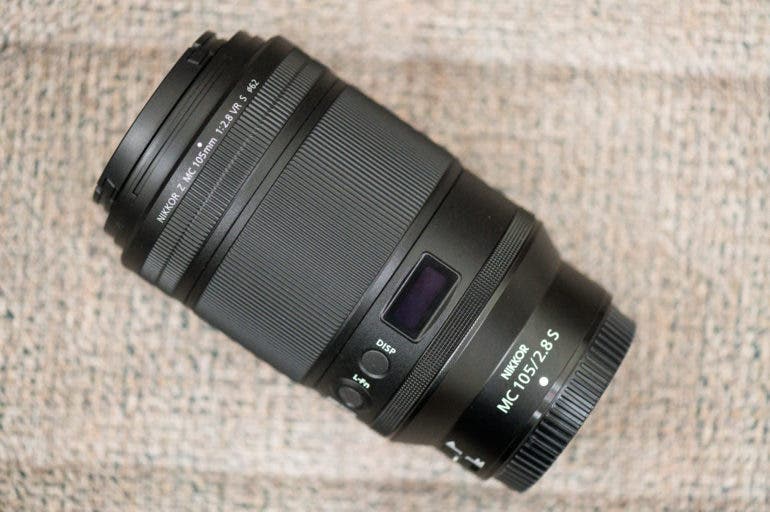
Tech Specs
Taken from the Nikon USA website
| Z mount | F mount | |
| Maximum Aperture | f/ 2.8 | f/ 2.8 |
| Minimum Aperture | f/ 32 | f/ 32 |
| Format | FX | FX |
| Maximum Angle of View (DX-format) | 15°20′ | 15° |
| Maximum Angle of View (FX-format) | 23°10′ | 23°20′ |
| Maximum Reproduction Ratio | 1x | 1x |
| Lens Elements | 16 | 14 |
| Lens Groups | 11 | 12 |
| VR (Vibration Reduction) Image Stabilization | Yes Lens shift using voice coil motors (VCMs) | Yes |
| Diaphragm Blades | 9 Rounded diaphragm opening | 9 |
| ARNEO Coat | Yes | No |
| Nano Crystal Coat | Yes | Yes |
| ED Glass Elements | 3 | 1 |
| Aspherical Elements | 1 | NA |
| Fluorine Coat | Yes | NA |
| Super Integrated Coating | Yes | Yes |
| Autofocus | Yes | Yes |
| AF Actuator | STM (stepping motor) | – |
| Internal Focusing | Yes | Yes |
| Minimum Focus Distance | 0.96 ft.( 0.29m) | 1.0 ft.(0.314m) |
| Focus Mode | Auto/Manual Focus limit switch with two positions: FULL (∞ to 0.29m) and 0.5m to 0.29m |
Auto Manual Manual/Auto |
| Filter Size | 62mm | 62mm |
| Approx. Dimensions (Diameter x Length) | 3.4 in. (85 mm) x 5.6 in. (140 mm) | 3.3 in. (83 mm) x 4.6 in. (116 mm) |
| Approx. Weight | 22.3 oz. (630 g) | 25.4 oz. (720 g) |
Gear Used
I used a production Nikkor Z MC 105mm f2.8 VR S lens with my Nikon Z6 II camera.
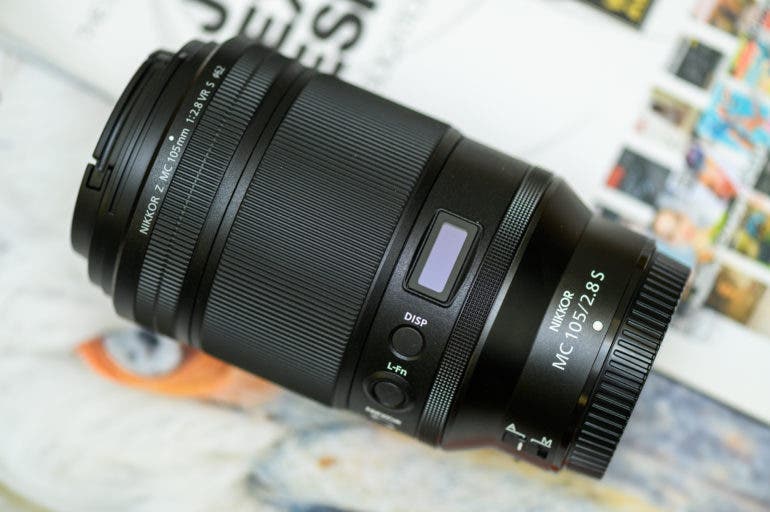
Ergonomics

The Nikkor Z MC 105mm f2.8 VR S lens is noticeably bigger than the AF-S VR Micro-Nikkor 105mm f2.8G IF-ED but is somehow lighter despite having two more lens elements inside.
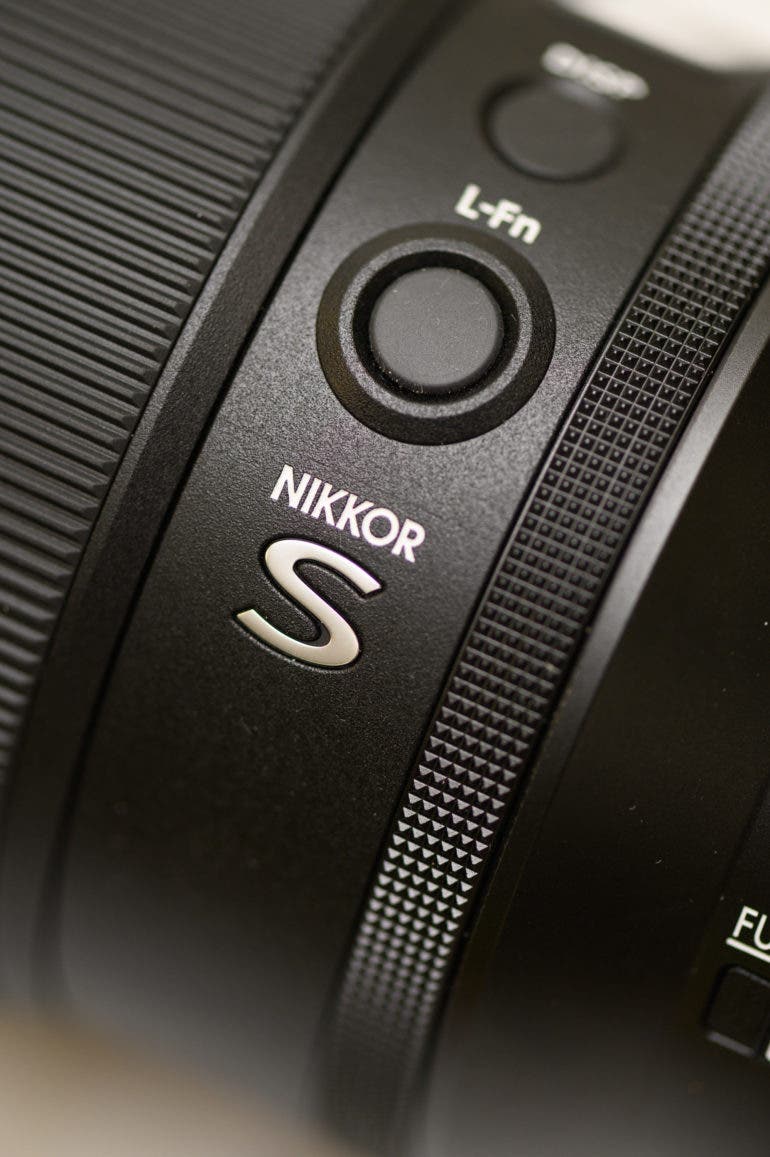
It’s got a thin control ring closer to the lens mount, which can be customized in your Z camera menu. This can be set to adjust ISO, exposure compensation, or aperture quickly.

A tiny OLED panel also acts as a digital distance scale (along with a DISP button to activate it). What’s not all that nice is that the display turns off every few seconds. You have to press it to reactivate it. I really hope a future firmware upgrade gives you an option to keep this display on permanently when the camera is on.
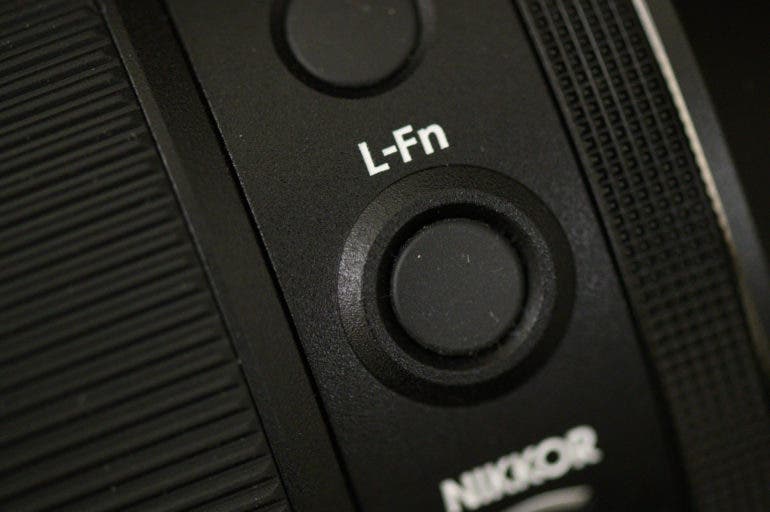
Next to the DISP button is an L.fn button, again customizable in the menu.

There’s also an AF/MF switch to toggle between these two focus settings. A second switch gives you focus limiting options between FULL and 0.5m to 0.29m. This prevents focus hunting which I will touch on later.
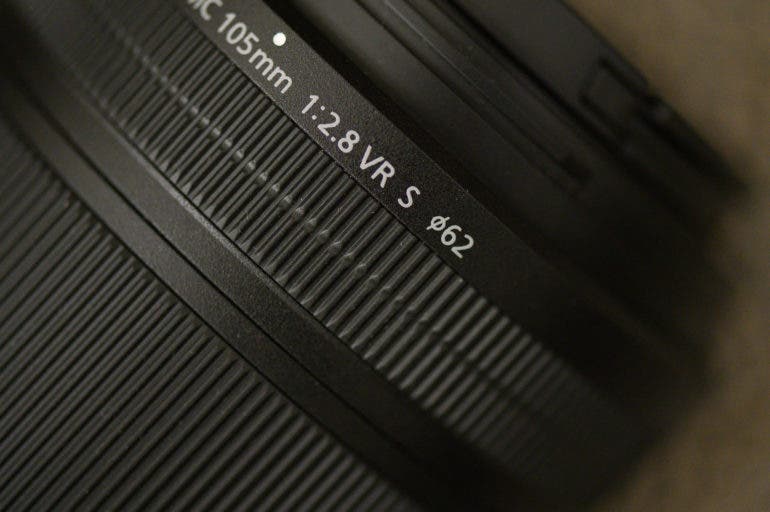
The filter thread size is the same 62mm as the F-mount version, so if you’re swapping that out for this version to use with your Z camera, you can keep all your screw-in filters. That’s not a movable ring seen here (closer to the lens information markings). Not really sure why it was added, other than to help with gripping the lens better maybe.
Build Quality

The Nikon Z MC 105mm lens is a noticeable 3.1oz/90g lighter but feels as solidly built as the F mount version. Contrary to the super-sensitive F mount lens, the main focus ring here has a very comfortable focus throw. It’s buttery smooth and focuses fairly fast. However, it doesn’t feel like it’s zipping by. This is a marked improvement, but it will take some getting used to for those transitioning to this lens. While manually focusing on the F mount 105 macro, I’ve often overshot the desired focus point, which didn’t happen during my tests here.

Hats off to the weather sealing department in Nikon’s R&D team. I spent two days in the desert filming a tourism advert with this lens. We encountered strong winds that swept sand across the camera often. There wasn’t a single grain of sand or dust on the sensor when I sat down to clean the camera after the shoot.
Ease of Use

Aside from maybe wanting to customize the control ring and the L.fn button when you get this lens, it’s a breeze to use. Vibration Reduction is controlled from inside your camera, and there’s no switch for this on the lens itself. You get up to 4.5 stops of image stabilization when this is turned on. Don’t forget that the closer you get to your subject, the effective aperture changes. When focused at infinity, you can go from f2.8 to f32. As you move to the closest focus distance, you’ll notice that this drops to f4.5.
Autofocus

Here’s a point where I’m still not 100% convinced there’s a huge improvement over the AF-S lens (when the focus limiter switch is set to FULL). The NIKKOR Z MC 105mm f2.8 VR S still does a bit of focus hunting when the lens is really close up to the subject (something the F-mount lens is notorious for). Also, when it hunts, it was a rather slow focus transition from infinity to near. For the most part, the focus used to hit the target, but there were times I wondered why it kept hunting. Moving the focus limiter switch to the macro setting helped improve this greatly. Testing was performed with the Z6 II on firmware 1.21.
Image Quality
Can’t complain here. Sharpness (when the focal plane is correctly aligned) is superior across the whole image compared to if I’d have taken the same photo with the AF-S equivalent lens. Furthermore, the purple fringing that I’d almost always see in my macro images wasn’t to be found anymore. The Z7 II can make the best out of this lens for sure. Colors pop and I rarely had to adjust saturation or vibrance in post-processing, even for images taken in low light. It’s also quite handy for headshots and close-up portraits.
It should be noted that the below images have not been corrected for sharpness or clarity. I hadn’t used the included lens hood for any of these images because I totally forgot there was one inside the box.

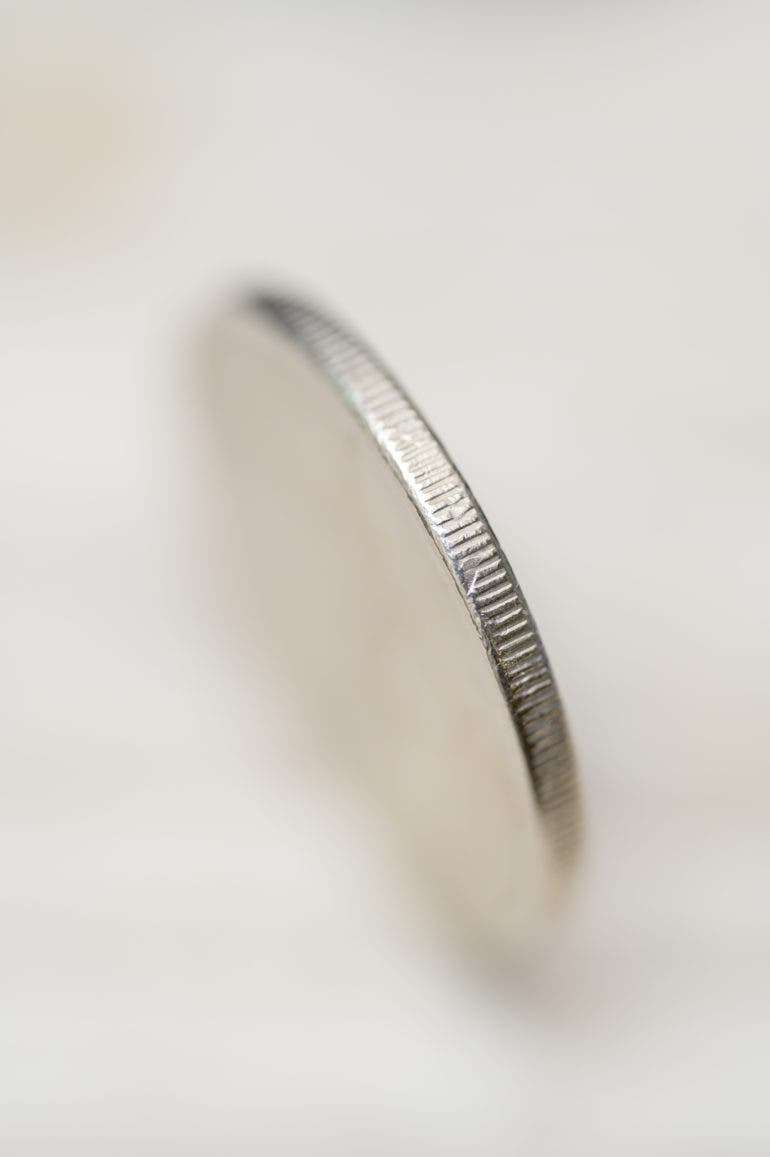

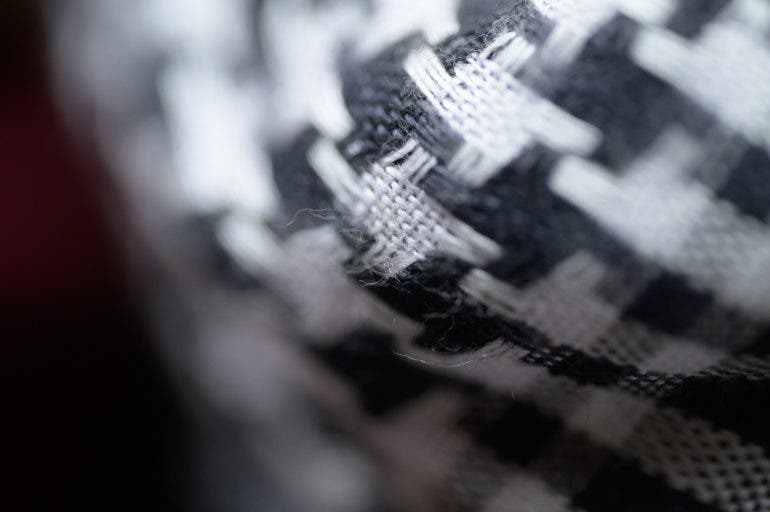


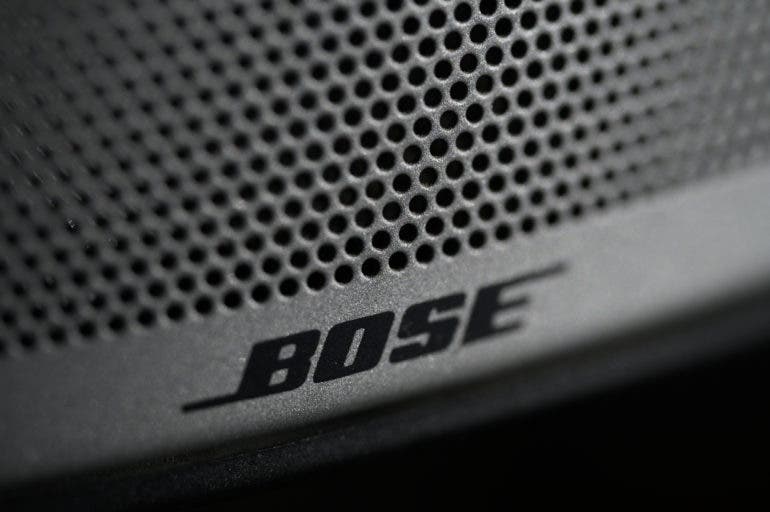






First Impressions

Z lenses for me, so far, have outperformed their F mount counterparts. This lens too, has superior sharpness, optical quality, and handling (especially when using the smooth manual focus ring). It also feels better in my hands as the weight distribution is better when used with the Z6 II. Coming in at just USD 100 more than the AF-S VR version, there are indeed some benefits to get this if it’s your first macro lens purchase. Pick the right AF focus mode, toggle that focus limiter switch and watch the AF lock-on with accuracy. The colours and sharpness really make your images come to life. Four and a half stops of Vibration Reduction give you handheld freedom like never before.
However, whether it is worth selling your existing F mount lens and purchasing this isn’t an easy question to answer. If I didn’t already have the F-mount lens, purchasing this lens would be a no-brainer. I just wish Nikon had some sort of trade-in scheme which would make this easier. For now though, I’m going to hold on to my F-mount 105mm macro lens for just a bit longer. It does pretty much most of what this Nikon Z MC 105mm does, and my FTZ adapter isn’t going anywhere for the next few years. I’ll just have to live with editing out the purple fringing in post-processing. Stay tuned for our comprehensive review on this lens.